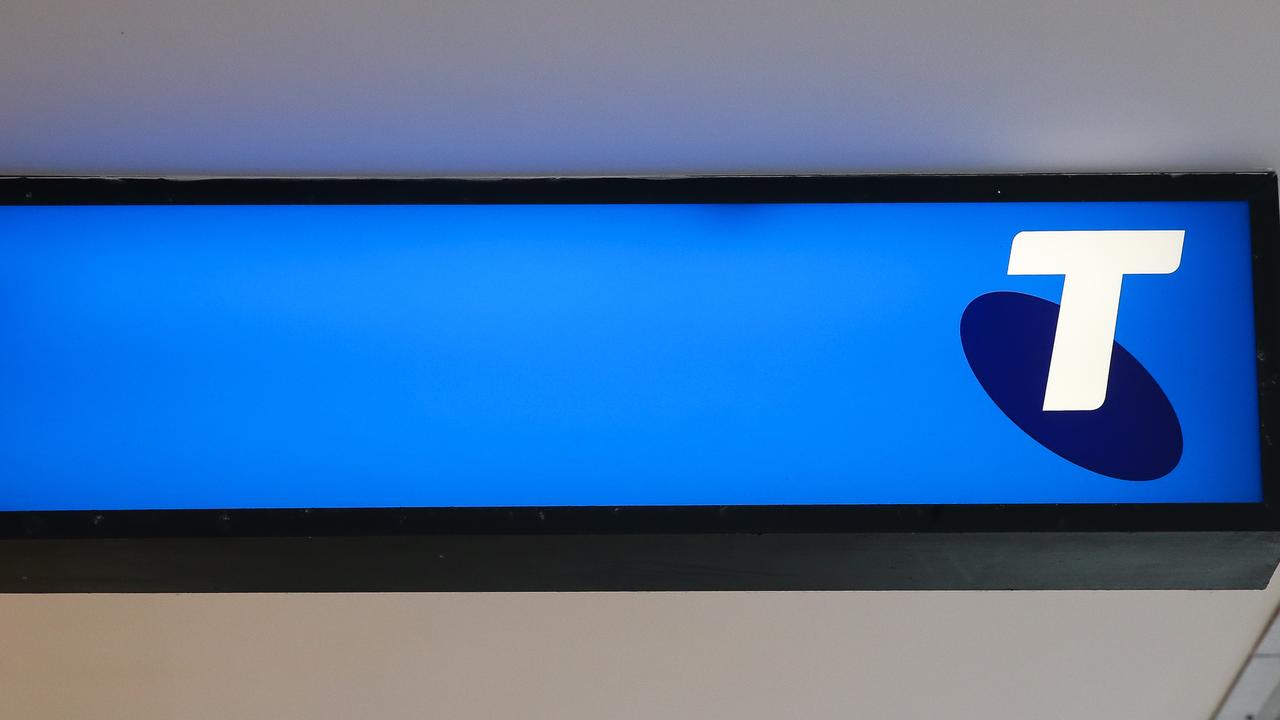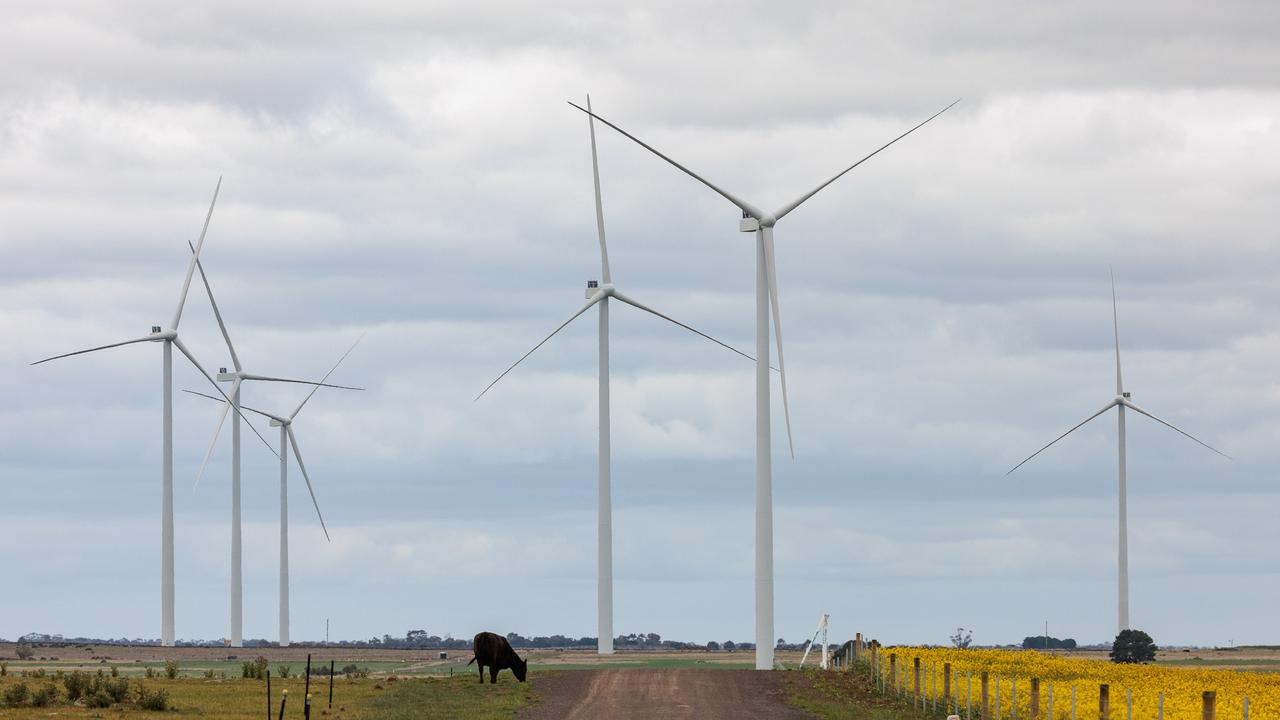Truth behind working in the Australian online food delivery system
There’s popular job in 2024 that promises an easy income with flexible working – but there is a brutal reality that many Aussies don’t see.
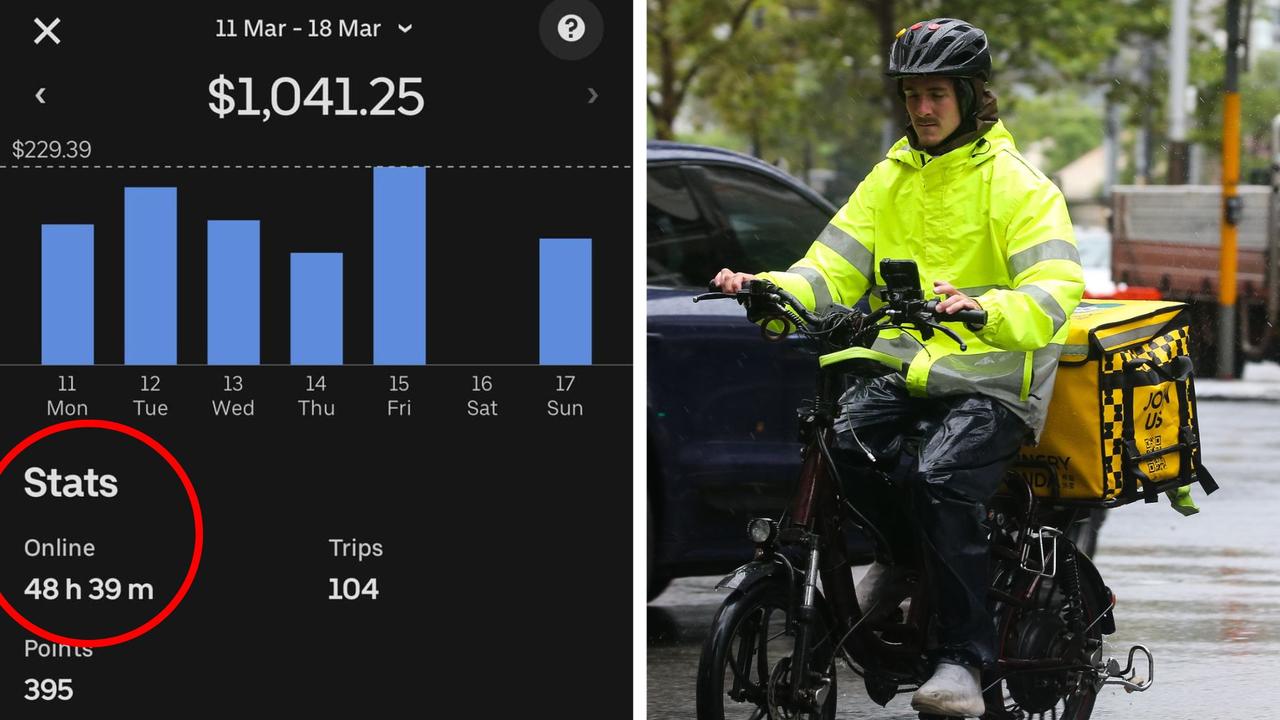
Research conducted in 2020 has shown the Australian fast food delivery system isn’t necessarily the easy means of income it often sells itself on being.
Since the onset of the Covid-19 pandemic, food delivery platforms have emerged as a vital lifeline for cafes and restaurants restricted to takeaway services.
However, Dr Tyler Riordan, a Postdoctoral Research Fellow in Strategy and Entrepreneurship at the University of Queensland Business School, has challenged the perception of these platforms as ideal money-making solutions.
He argues workers view themselves not as employees but as “independent contractors”.
His latest research, which involved surveying 27 delivery workers between 2020 and 2021, uncovered many predominantly highly skilled or educated temporary migrants turned to food delivery as a more appealing option compared to other available jobs while they studied or searched for work in their respective professions.
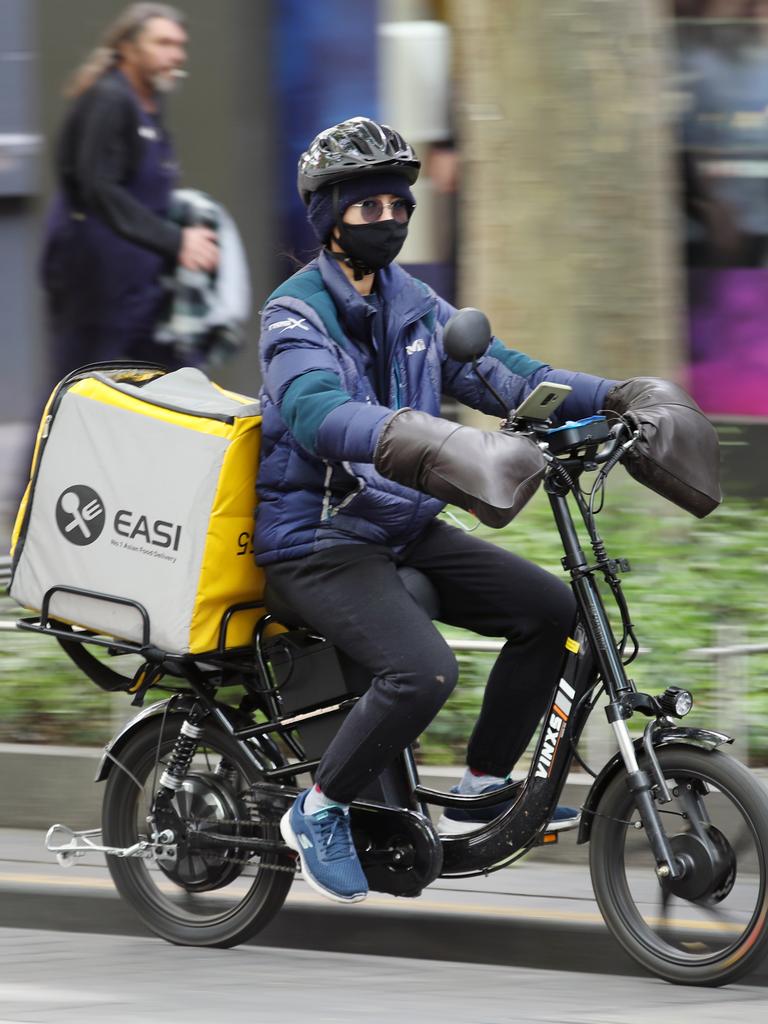
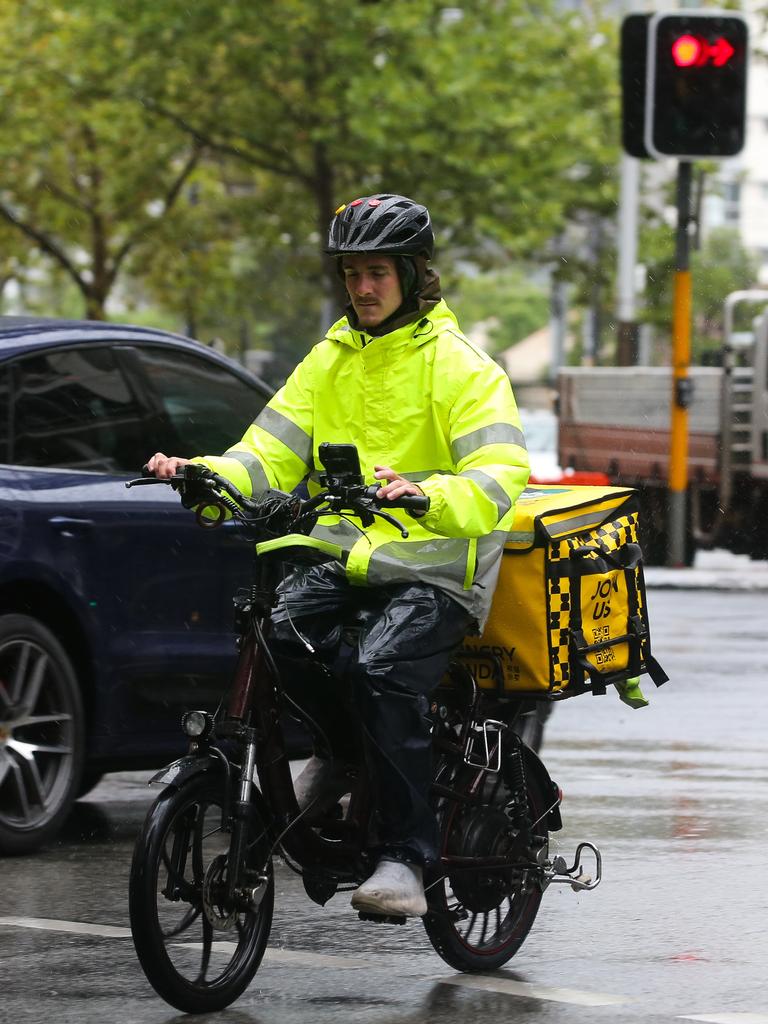
Dr Riordan emphasised that the primary concern among surveyed workers was “fair and transparent payment,” rather than the debate over their employment status.
“We’re often talking about whether they should be employees or not, that wasn’t of great concern to them,” he said.
“What was more concerning was fair and transparent payment.”
A recently leaked Uber Eats payment account on Reddit revealed a Victorian deliverer made $1041 in almost 49 hours online.
The total breaks down to roughly $21.3 an hour – or little over $10 per trip.
Dr Riordan said it aligned with his research.
“What this means is, if you can only get two orders per hour, if the average even between five to $10 per order, you’re lucky to get $20 per hour, which is well below minimum wage ($23.23),” Dr Riordan explained.
“Not taking into account and penalty rates, superannuation, insurance, depreciation, fuel costs if you’re driving.”
“Cash in hand, you’re getting about $15-$16 per hour.”
Dr Riordan said platforms often sell themselves as flexible side hustles, but frequently, they manifest as full-time, low-income jobs.


“Platforms promote autonomy and flexibility, which there is to some extent, so you’re flexible as to when and where you sign on,” he said.
“But the reality is most customers are ordering at lunchtime. They’re ordering at dinner time and they’re ordering on the weekends. So unless you work those key hours that you would work in hospitality anyway. It’s not profitable.”
He said the relationship between platform and drivers ultimately represented “a big power imbalance”.
“Deliverers are mainly from the global south or less developed countries, and they are more exploitable in a country like Australia if they are from an ethically different or diverse background,” he said.
Alita, a Columbian law student and delivery worker who took part in the study spoke of a similar experience.
“We immigrants do the jobs that Australians don’t want to,” she explained.
“You don’t see Australians doing Uber Eats … I’ve only seen Brazilians, Indians, Colombians, some Europeans … being an immigrant in Australia comes with a lot of fear of breaking the rules, of not being able to survive economically … and they take advantage of that.
“That’s why platforms have the luxury of paying $5 per order, because there is so much demand from [international] students.”
Side hustle rings true for Newcastle mum
Newcastle’s Riana Prigg admits she has her food runs dialled in. She earns $300-$400 over roughly 12 hours each weekend having driven for either Menulog or Doordash.
Having just had a baby, deliveries have opened up an earlier-than-expected opportunity for her to return to working and earning that otherwise was not available to her.
She described a seamless experience requiring little effort to get set up.
“I started doing it when I was pregnant just to make income on the side, because I couldn’t necessarily work the hours that I needed to,” the disability support worker told news.com.au, adding she was surprised by the amount of money to be made.
“I make quite a bit of money from it – it’s substituted a good half of my income,” she said.
“In the area that we’re in, in Newcastle, there’s heaps of demand for it.
“There’s heaps and heaps of work for it, the pay is good, and it pays weekly.
“So you get that payout really quickly, which is great, and we really like it. It’s really convenient.”

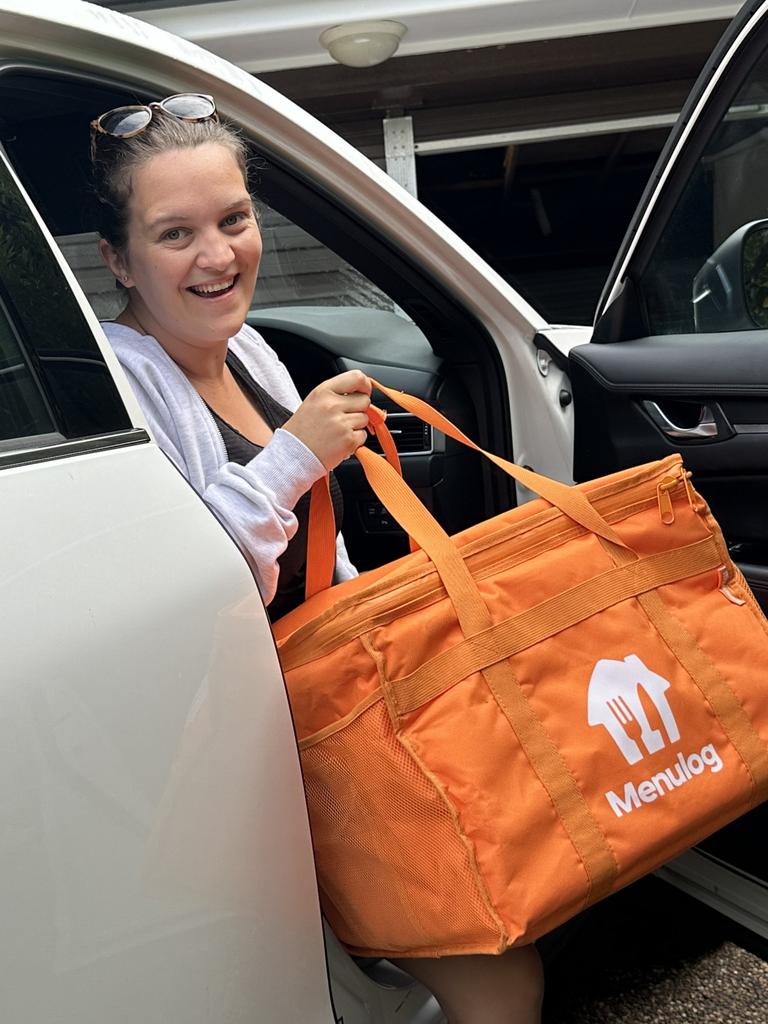
Ms Prigg said she targets times of high demand, like lunch, dinner, and weekends.
“It’s generally always worth going if you’re willing to work those times,” she said.
She said that driving deliveries with a newborn bub offered her the chance to return to the workforce and regain earning capacity earlier than expected.
“It totally just works around our lifestyle, our family, my husband’s work,” she said.
“If I can’t do it, then I just dropped the shift and somebody else can pick it up – I’m not having to report to somebody or apologise for calling in sick or having to leave my family at home if I’m not comfortable doing that.”
She added that platforms often offer generous sign-up and performance bonuses.
More Coverage
“I signed up because my sister was doing it and as a result of that of a referral bonus, I earned $100 after doing 20 deliveries, and she had $100,” she explained.
“When I went back to doing it after we had my bub, they had like a “we’ve missed you” sort of thing and we got another $100 for doing more deliveries.”
Ms Prigg said she had canvassed local businesses and other drivers to determine the best times to clock on in her area.





